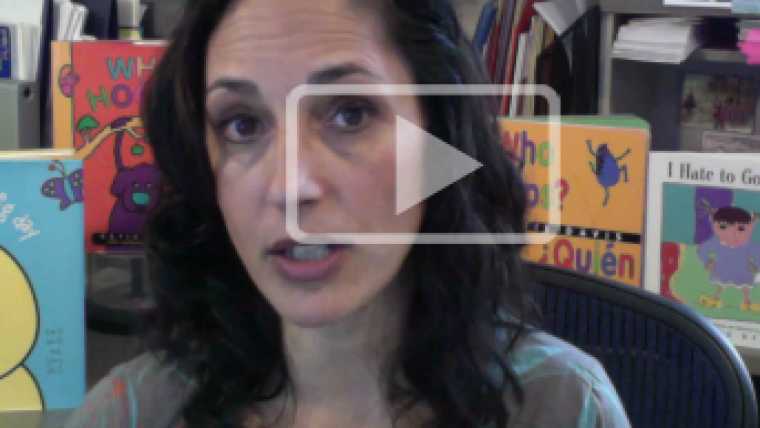Thank you, Christine, for this wonderful breakdown of fun short forms to play with. Since I do not consider myself a poet, this is incredibly helpful! I have already written my poem for the first day, otherwise I might get too intimidated and put it off. And once I missed the first day, I’d probably just bag the whole thing. So the first day, for me, at least, is very important.
• Pleiades: This is a modern form invented in 1999 by Craig Tigerman. The Pleiades, named after the constellation also known as the seven sisters from Greek mythology, consists of seven lines of seven syllables each. The title is one word, and each line starts with the same letter as the title.
• Cadae: Another form based on counting syllables, the cadae follows the sequence of the first seven digits of Pi (pi = 3.141592). The first line consists of three syllables, the second one syllable, and so on. You could include several stanzas, or just one. Another variation would be to write three words for the first line, one word for the second line, etc….
• Fib: The fib is similar to the cadae, in that the form is based on a sequence of numbers (0, 1, 1, 2, 3, 5, 8, 13, 21). It too is a modern form. There are several ways to write a fib, but the most common way I’ve seen is to write a one syllable line for the first two lines, two syllables for the second, etc…. This form creates a great visual effect, because the Fibonacci curve found in nature reveals itself on the page. (See Prompt # 11 where we explored this form in Januray.)
• Rothko: I’ve never written a Rothko poem, but I’m going to soon. There are three basic guidelines to writing one: have a Rothko painting in front of you, write three lines of poetry, each containing three words, and include three colors. If you follow this link to About Poetry, you can also read about the Pollock. Maybe you have your own favorite painter. Why not invent your own short form based on that artist’s work?
• Nonet: The nonet contains nine lines. The first line contains nine syllables, the second eight, etc… (9,8,7,6,5,4,3,2,1).



